"Transportation Opportunity Act" Moves Towards Freeeway Tolls, Pay-Per-Mile
Editor’s Note: The text of the “Transportation Opportunity Act” with section-by-section analysis can be downloaded in PDF format here [courtesy: bna.com]
The White House last week began circulating its legislative proposal for transportation reauthorization that included provisions to add toll booths to existing freeways and impose a tax for every mile driven. The “Transportation Opportunities Act” for the first time gave the Obama administration’s full approval to the concept of an added charge on drivers for the use of roads throughout the country, including on existing, untolled freeways in major metropolitan areas.
“This section [2217] amends existing law to include two new options that provide more flexibility to finance new construction or capacity, and manage congestion, through the imposition of tolls,” states the proposal’s official summary. “The first option focuses on metropolitan congestion reduction and permits state and local governments to impose tolls on existing interstate and non-interstate facilities for the purposes of improving or reducing congestion in metropolitan areas with populations over one million people. Under this option, tolls may be imposed on specific lanes, whole facilities, or a network of facilities within the metropolitan area.”
The plan would require that commuters be charged higher rates during peak morning and evening periods and that the revenue generated be used for capital improvement projects near the toll facility. A second “interstate system improvement” plan would allow tolling in smaller areas so long as the project included new capacity. Electronic transponders would be required for toll collection on the new lanes.
The changes are significant, as existing federal law limits tolling of interstates to a specific number of pilot projects. The proposal is also a reversal of sorts for an administration that early on backed away from the concept of a nationwide per-mile toll floated in February 2009 by Transportation Secretary Ray LaHood.
“I can weigh in on it and say that it is not and will not be the policy of the Obama administration,” then-Press Secretary Robert Gibbs said at the time.
That would change as the White House plan would set up a six-year project to address the technological challenges to establishing a system to track drivers for the purpose of imposing a tax for each mile driven.
“This section [2218] would establish a Surface Transportation Revenue Alternatives Office within the Federal Highway Administration,” the section-by-section analysis states. “The office would analyze the feasibility of implementing a national mileage-based user fee system that would convey prices to users to reflect system use and other travel externalities and serve as a funding source for surface transportation programs.”
The purported reason for including the per-mile taxing system is the potential for increased use of electric vehicles. The administration has poured billions in gas tax dollars to subsidize the companies that manufacture these electric vehicles as well as the end users who buy them. A “public awareness communications plan” would be implemented to sell the plan, which may be difficult. In the UK, an official petition against the idea of a per-mile tax gathered 1.8 million signatures on the prime minister’s website.
[Courtesy: Thenewspaper.com]
More by The Newspaper
Latest Car Reviews
Read moreLatest Product Reviews
Read moreRecent Comments
- Tane94 Boohoo. Dealers are quick to sell above MSRP when a model is extremely popular or has a limited special edition production run. I shed zero tears for them over this Nissan situation.
- Jkross22 I'd imagine there's a booming business available for EV station repair.
- JLGOLDEN Enormous competition is working against any brand in the fight for "luxury" validation. It gets murky for Cadillac's image when Chevy, Buick, and GMC models keep moving up the luxury features (and price) scale. I think Cadillac needs more consistency with square, crisp designs...even at the expense of aerodynamics and optimized efficiency. Reintroduce names such as DeVille, Seville, El Dorado if you want to create a stir.
- ClipTheApex I don't understand all of the negativity from folks on this forum regarding Europeans. Having visited the EU multiple times across different countries, I find they are very much like us in North America-- not as different as politicians like to present them. They all aren't liberal "weenies." They are very much like you and me. Unless you've travelled there and engaged with them, it's easy to digest and repeat what we hear. I wish more Americans would travel abroad. When they return, they will have a different view of America. We are not as perfect or special as we like to believe. And no, many Europeans don't look up to America. Quite the opposite, actually.
- Dwford Let's face it, Cadillac is planning minimal investment in the current ICE products. Their plan is to muddle through until the transition to full EV is complete. The best you are going to get is one more generation of ICE vehicles built on the existing platforms. What should Cadillac do going forward? No more vehicles under $50k. No more compact vehicles. Rely on Buick for that. Many people here mention Genesis. Genesis doesn't sell a small sedan, and they don't sell a small crossover. They sell midsize and above. So should Cadillac.
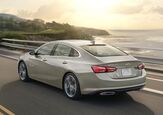















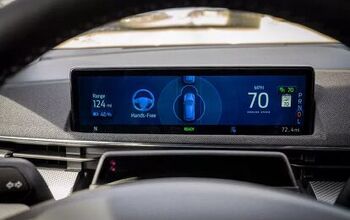

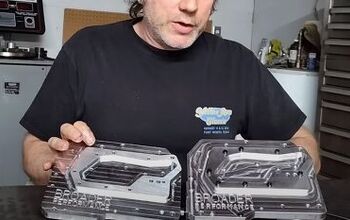












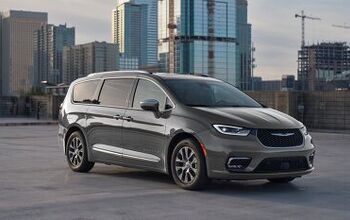

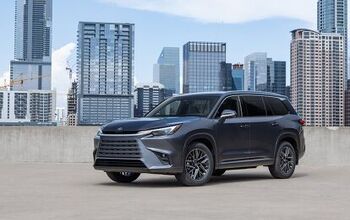
Comments
Join the conversation
Americans want the biggest and the best, then whine when they need to pay for it.
Here are my thoughts on the subject, this is a direct infringement on our rights. http://www.youtube.com/watch?v=5677IvzHnp0